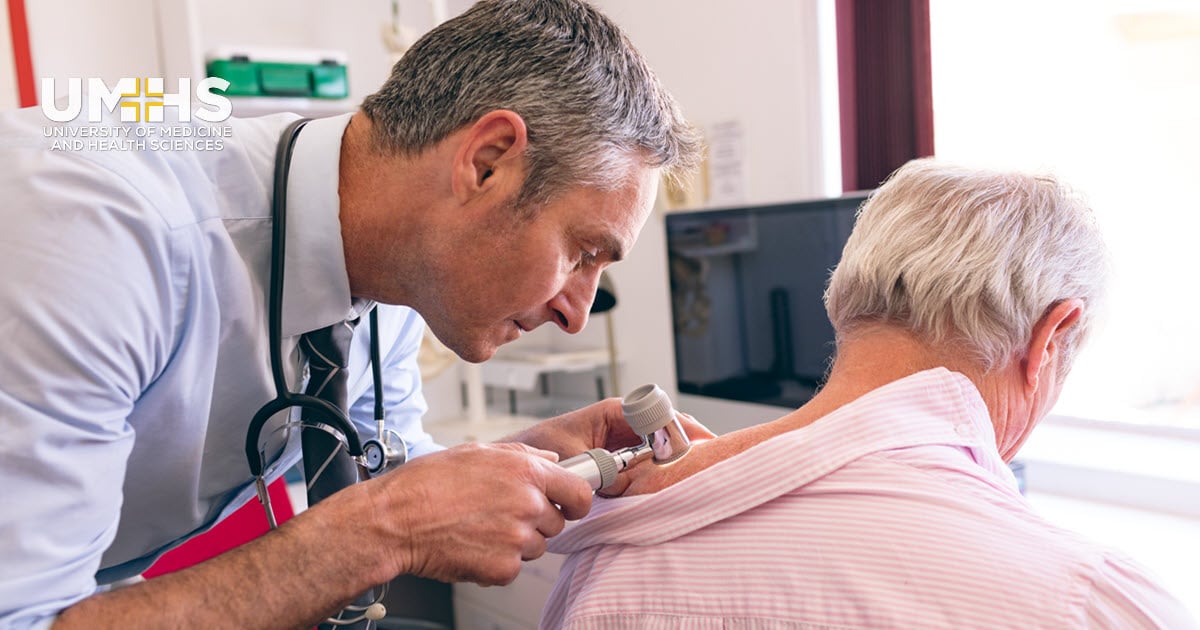Consult with a certified mohs surgery expert for precise and effective skin cancer removal.
Consult with a certified mohs surgery expert for precise and effective skin cancer removal.
Blog Article
Navigating Skin Cancer Cells Treatment: The Essential Duty of Mohs in Modern Dermatology Practices
Skin cancer cells, an overwhelming diagnosis, frequently leaves people coming to grips with various treatment choices. Amongst these, Mohs surgical treatment stands as a sign in modern dermatology, renowned for its precise technique to cancer cells elimination and conservation of surrounding healthy and balanced tissue. This cutting-edge technique assures not only premium cosmetic outcomes yet also uses prompt results, relieving patient stress and anxiety. As we check out the intricacies of this procedure, one will certainly value its essential function in skin cancer treatment.
Comprehending Skin Cancer Cells: Kinds and Risks
Skin cancer, a possibly dangerous ailment, is much more common than many individuals realize. This disease, created by the uncontrolled growth of unusual skin cells, mostly arises from DNA damages as a result of exposure to the sun and ultraviolet (UV) light. There are three primary sorts of skin cancer: Basal cell carcinoma, Squamous cell carcinoma, and Melanoma. While the former two are less lethal and comprise most of detected situations, cancer malignancy is the most dangerous. It accounts for only about 1% of skin cancer cases but triggers the vast majority of skin cancer cells fatalities - skin cancer. Danger aspects include fair skin, history of sunburn, extreme sunlight exposure, living at high elevations or close to the equator, having lots of moles, a family history of skin cancer, and deteriorated body immune system.
What Is Mohs Surgery and Just How It's Changing Skin Cancer Cells Treatment
Despite the many treatments currently available for skin cancer cells, Mohs surgical procedure stands out as a groundbreaking and highly effective remedy. Named after Frederic E. Mohs, the medical professional who established the treatment, Mohs surgery is a specific surgical method made use of to deal with skin cancer. Throughout the treatment, slim layers of cancer-containing skin are gradually gotten rid of and examined up until just cancer-free tissue remains. This method enables the doctor to verify that all cancer cells have been removed at the time of surgical procedure. This degree of precision, combined with the capability to save as much healthy tissue as possible, is changing skin cancer treatment. As a result, Mohs surgical treatment has actually come to be a cornerstone of modern dermatology practices.
The Benefits of Mohs Surgical Procedure Over Typical Skin Cancer Cells Therapies
Structure on the cutting-edge nature of Mohs surgical treatment, it's important to consider its various advantages over traditional skin cancer cells therapies. Unlike standard operating procedures, Mohs uses a higher cure price, usually getting to 99% for first-time therapies and 94% for recurring cancers cells. This accuracy results from its special technique of gradually removing and checking out cells layers up until only cancer-free cells remain (skin cancer). Furthermore, it reduces damage to healthy skin, bring about much less scarring and boosted aesthetic outcomes. Mohs also supplies instant results, removing the anxiety-ridden delay typical with various other approaches. It's that site cost-effective, as the surgical procedure and microscopic examination occur concurrently, eliminating the demand for extra lab services. Hence, Mohs stands for a considerable development in skin-related methods.
The Treatment of Mohs Surgical Treatment: What to Expect During the Refine

Prospective Side Impacts and Post-Operative Care of Mohs Surgical Procedure
Undertaking Mohs surgical procedure, like any type of other operation, More Bonuses involves possible negative effects that patients ought to be mindful of. Usual side results include pain, wounding, and swelling at the surgery website. These are typically momentary and convenient with over-the-counter pain medication and ice packs. In unusual situations, people might websites experience infection, blood loss, or an allergy to the anesthetic. Post-operative care is vital to recovery and minimizing negative effects. This usually includes maintaining the injury tidy and dry, taking proposed medicines, and preventing arduous tasks. People should also attend all follow-up appointments for injury treatment and surveillance. In many cases, added therapies may be required to guarantee complete removal of the cancerous cells. Adhering to these post-operative treatment standards can substantially improve healing and results.
Conclusion

Report this page